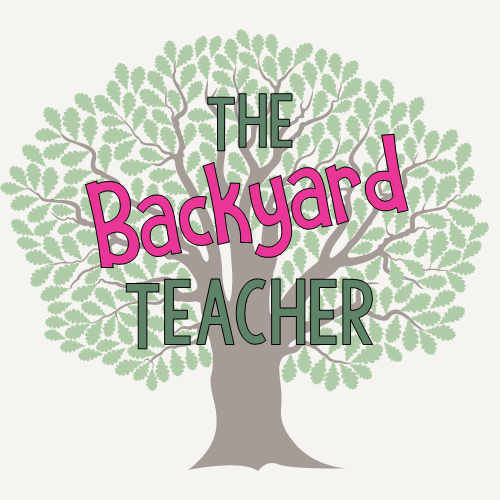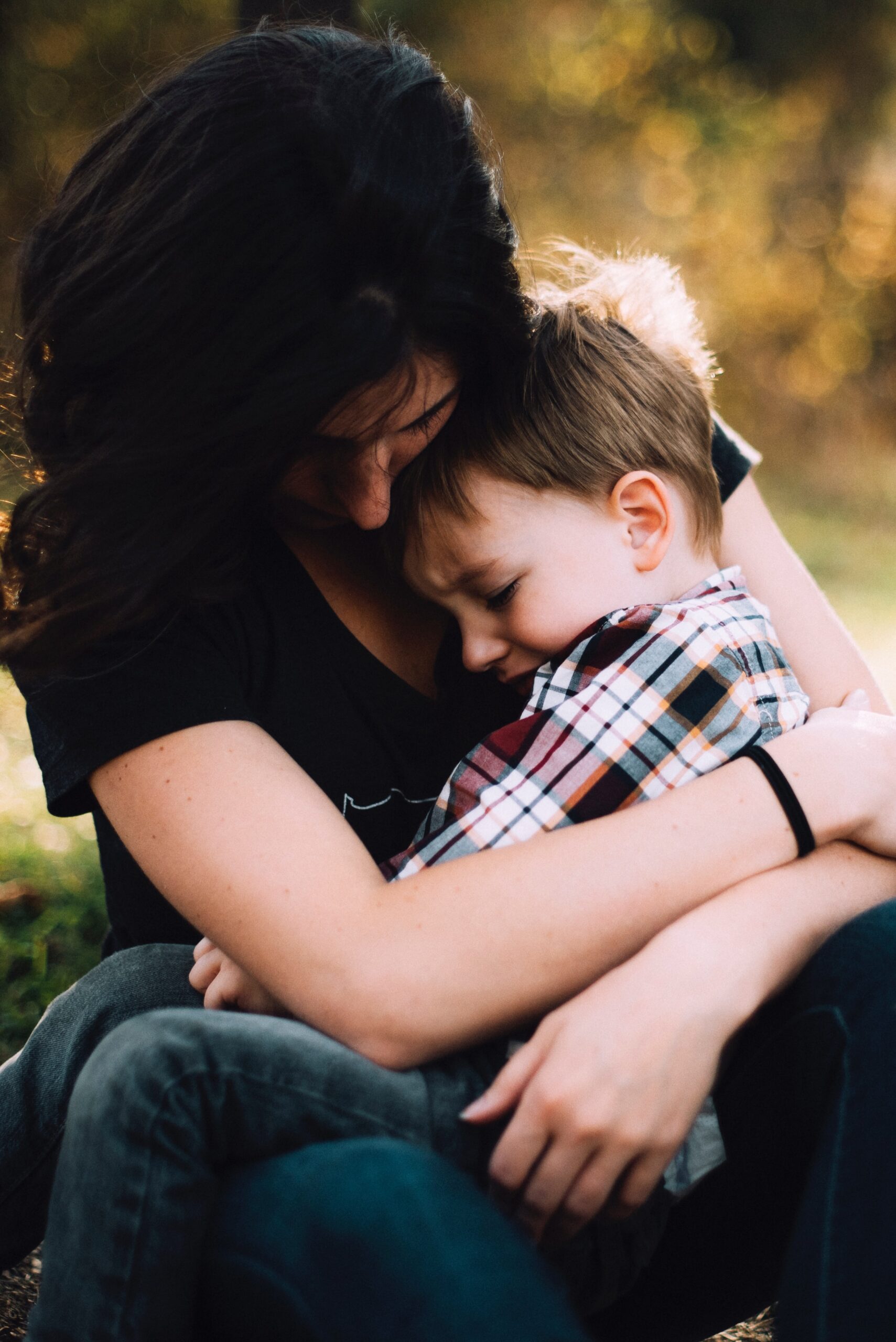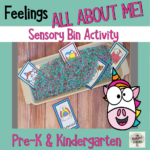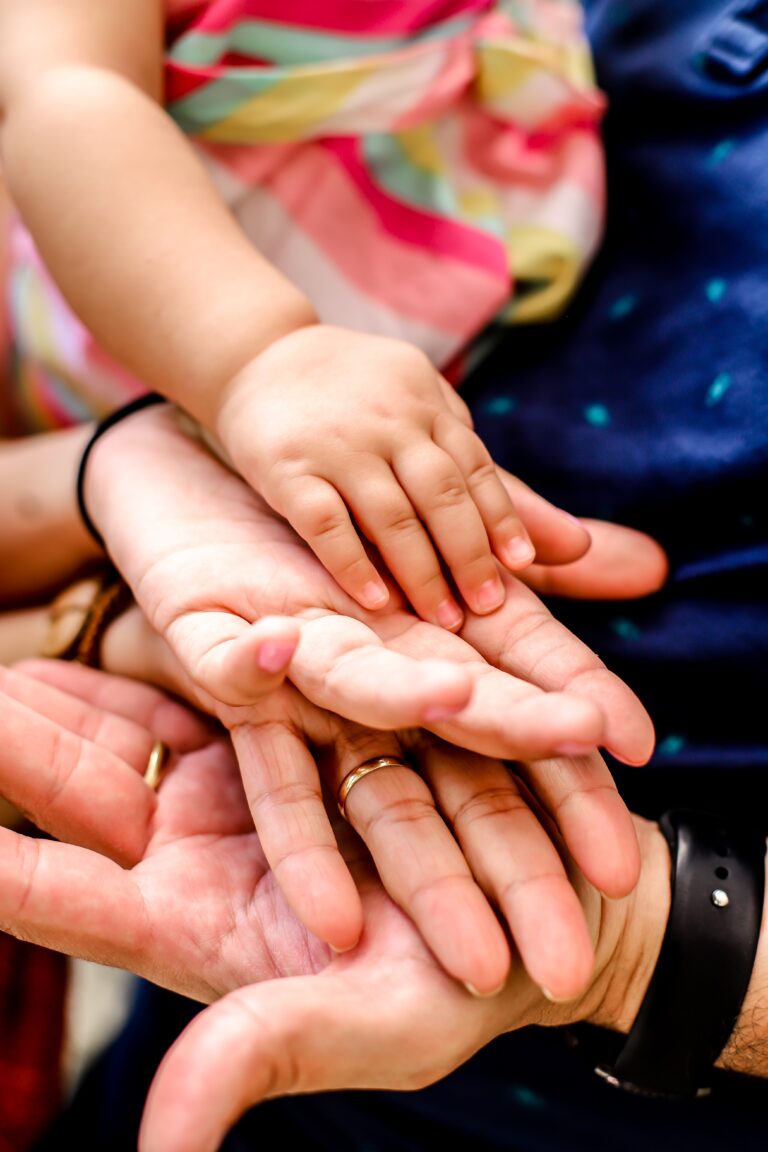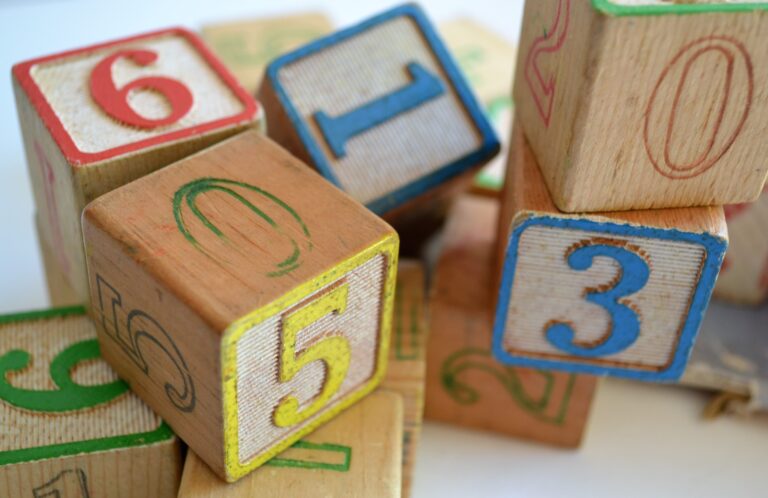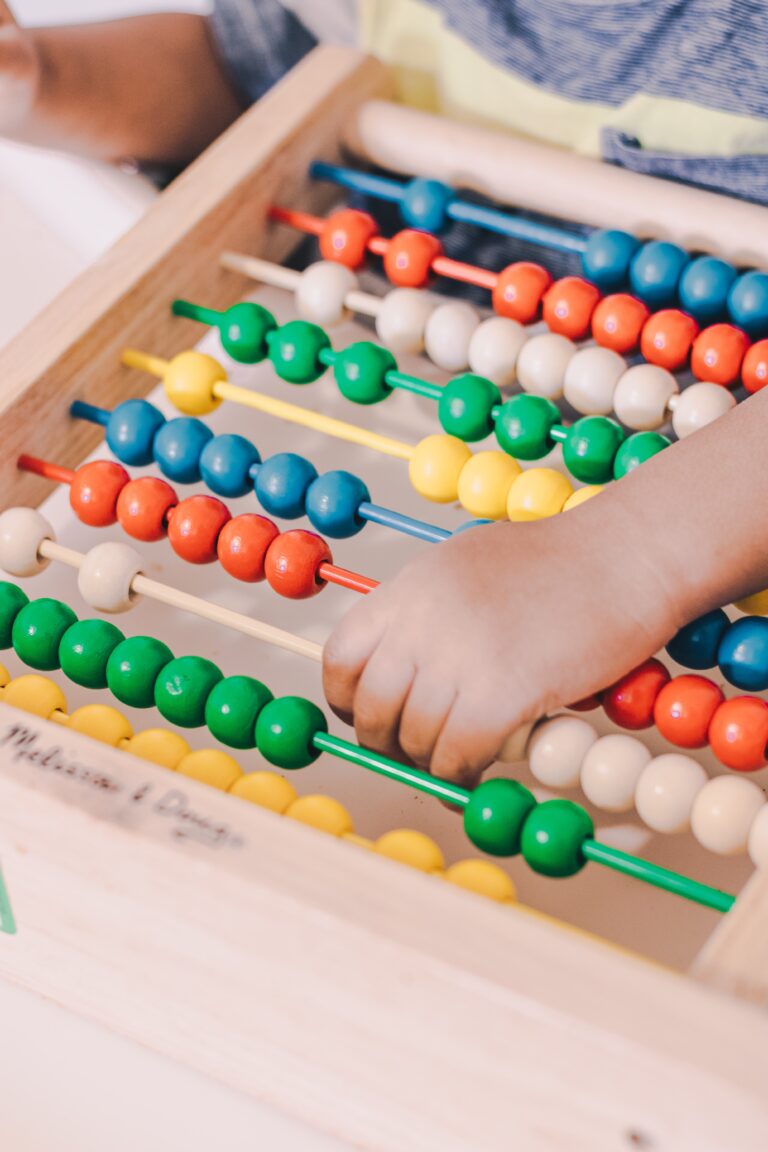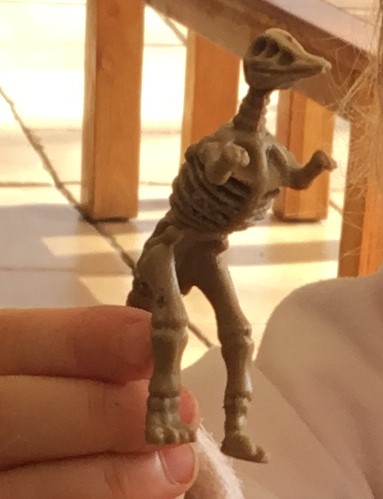All About Me! Why we teach kids about themselves in Early Childhood – Part 2
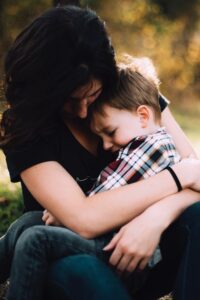
This is part 2 in my All About Me! series. If you missed part 1, you can find it here.
Why do we teach kids about feelings?
Kids at this age are egocentric – they can’t yet see things from other people’s points of view, which is why they sometimes struggle with things like sharing, hurting each other from rough play or deliberately, why they fight over minor slights. If we teach kids about feelings and their place in the world, we can help them realise that others have the same feelings and ideas, too. Learning to consider others doesn’t happen easily – it takes lots of practice and modelling from patient families and educators.
Learning about feelings is hard
Parents often ask me about how they can stop their child from hitting or biting another child, or why they can’t understand that they shouldn’t hurt others, and I always guide them back to the fact that little humans get better with practice – they need to practice being kind, and practice using their words instead of their hands. Actually, just this week I met a little guy who has started biting other kids, and we had to have several talks about how biting hurts, and our friends don’t like it. Biting is not ok, and it’s one of those issues where everyone feels upset – parents can feel embarrassed when their child bites someone, and defensive when their child is the one bitten.

How can we help kids understand their feelings?
It can help to remind them that biting and other unpleasant behaviours are very normal at that age, and that it’s something we can guide them through, but we need to keep reminding them that the other kids don’t like it and it hurts. They don’t automatically ‘get’ that. The more work we do to help them learn about their own feelings and those of others, the faster it’ll happen. Also, they need to develop a good vocabulary to describe their feelings – access to words that explain and describe what their minds and bodies feel like when they’re experiencing them.
To get an idea what I mean, think about something that makes you feel really good, like being told you’ve won something, or being complimented on something you’ve worked really hard on. Pay attention to where you feel it in your body and think about how you could express that without using words. Now try thinking about something that makes you really mad – how well could you express that without words? Let’s face it, some of us still struggle with it as grown-ups!
Helping kids identify their feelings
What we can do to help is teach kids words for what they’re feeling and also what their feelings look like on the outside. Start out by showing them pictures of faces expressing a range of emotions. They don’t have to be real faces – cartoon faces can be good because they can have exaggerated features which helps kids see what’s going on.
I use some feelings cards in a sensory bin, to anchor their learning in a physical way. The kids dig in the sensory bin for the cards, look at the ones they find, and try to identify or name the feeling they see. It’s a great way to build in some feelings vocabulary. It’s not a ‘set-and-forget’ type of activity. I mean, it can be, but your kids will miss out on a big learning opportunity if you don’t engage with them while they’re talking.

Your participation can help by explaining the expressions so they can understand, or perhaps by adding a perspective that they can’t yet see. You can also give an example and demonstrate an expression for them.
Then, to extend the learning, have the kids copy those faces in the mirror. Ask them to make a sad face, a happy face, an angry face etc. Once they understand that, get them to make faces to match a particular situation. Have them to show you how their face would look if someone took their favourite toy away or how it would look if someone gave them an ice cream etc.
Matching feelings to words
What we’re doing is matching those inner sensations with their outer expressions and more importantly, the right words to describe them. They need to learn how ‘frustrated’ looks and feels, how ‘angry’ looks and feels, how ‘excited’ looks and feels. By tying the body sensations to words, they can start expressing these feelings verbally instead of physically. Hopefully this will lead to a decrease in some physical behaviour issues.
Using puppets to teach kids about feelings
There are lots of other ways to help kids learn about feelings. I like to use puppets, because it lets kids step outside themselves and take on a role. This is a great way to express things while still feeling safe. I have a set of printable feelings puppets that are great practice for identifying and describing feelings. You can glue these onto pop sticks and use them as they are. You could also add them to block corner, the sand pit or make a puppet stage from a cardboard box. They’re great fun!
If you get a chance, sit close by and listen to the language the kids use while playing. Puppets bring out kids’ inner feelings and ideas. They often get so involved in the play they forget any shyness or inhibitions they might have. It really brings them out of their shells!
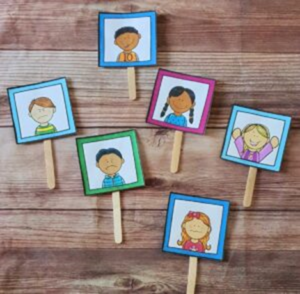
The key thing to remember though, they’re little kids. Learning about feelings is actually pretty hard and it takes time. Enlist the help of your kids’ families. Let them know what you’re working on and tell them the words you’re using.
With my little biting friend, for example, I explained to his dad that we were saying to him, “Biting hurts, and your friends don’t like it.” That way, his parents have words they can use at home if they want. If not, they at least know how we’re managing things.
Talking about feelings with families
Sharing the approach you’re taking with a child’s family doesn’t have to be hard. It can be as simple as having a vocab column in your program or making a post on whichever digital platform you use to share with them. You could also put up posters or signs in your playroom. Whichever method you choose, the important thing is that your communication is open, honest and respectful. Families know their kids best, and we need to work as a team to ensure the best outcomes for kids.

The resources from my All About Me! unit I’ve mentioned in this post are pictured below. You can download the preview of the complete unit for free to see the full range of activities that are included. Some of the activities are available as individual products – click on each image to check them out.
If you would like to snag the Feelings Puppets for free the pop your email into the form below and I’ll send it straight to your inbox.
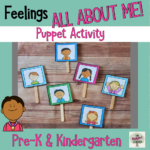

If you missed the podcast episode related to this topic, you can listen below.
I hope you’ve enjoyed the post and I’ll talk to you again soon!

